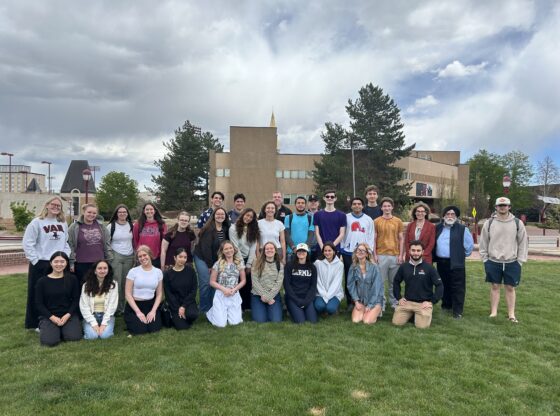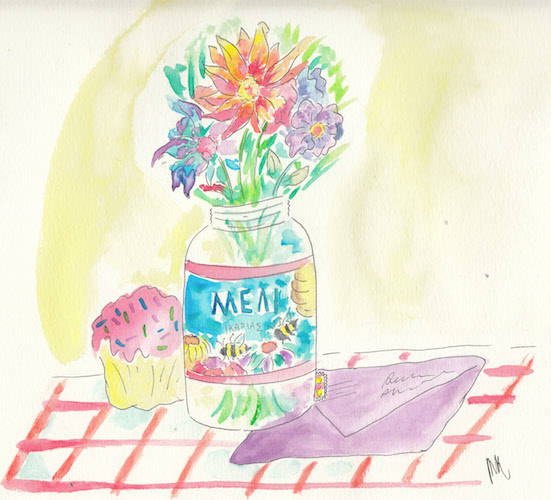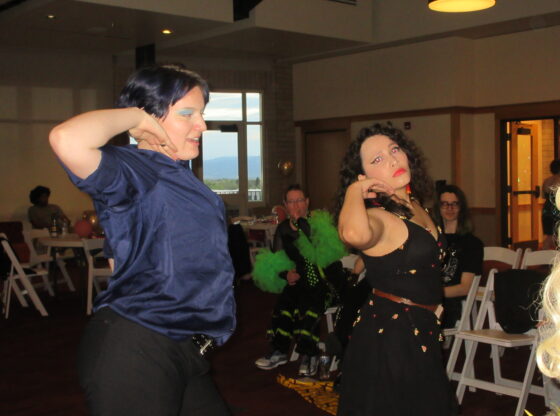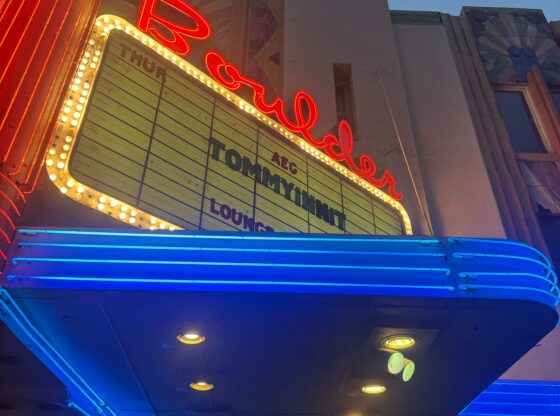This article is part two of a series that explores the history and importance of various buildings across the University of Denver campus in order to highlight the people, places and stories that have made the university what it is today.
In the previous article of this series, I explored the rich history of Mary Reed Hall. Now I would like to shine a light on its lesser-known counterpart, Margery Reed Hall. Like Mary Reed Hall, this gothic building, completed in 1928, has a fascinating history and is also rumored to be haunted.
Margery Reed was the eldest child of wealthy Colorado philanthropists Mary and Verner Reed. In 1919, she graduated from DU with a bachelor’s degree in English and subsequently became an assistant professor in the English department. While she was a student, she met Paul Mayo, an adjunct faculty member and DU alumnus, whom she later married. However, in May 1925, when Reed was only 30-years old, tragedy struck. She died from a disease thought to have been contracted from a recent trip to Peru.
However, rumors persist that there was a darker, more mysterious reason for Reed’s sudden death, which has fueled countless ghost stories about her. “There are rumors that she had a falling-out with her husband, who used an exotic poison on her while in Peru,” said Phil Goodstein, a DU alumnus and Denver historian, in a 2010 feature from DU’s Alumni Magazine. Goodstein points to the fact that the Reeds were financially well–off as a potential motive to kill. After all, Mayo did receive a large inheritance after his wife’s death.
No matter the cause of death, Mary Reed commemorated her daughter by donating funds to build Margery Reed Hall. For years, a statue of the mother and daughter reading a book together stood in front of Margery Reed Hall, another reminder of the Reeds’ historical significance at DU. The statue has since been relocated to the center of campus for passersby to admire.
For years, Margery Reed Hall served as the home for the theater department, where actors reported spooky occurrences, such as flickering lights, strange echoes and things going wrong during performances. Even local publications, such as Westworld, have fed into these ghostly rumors. A 2009 article warns playgoers about wandering through the building. “You’ll find yourself mounting a shadowy flight of stairs, turning on the landing in confusion, and wondering, Was that a shadow vanishing down the corridor…or something else? And just who was this Margery Reed?”
Paranormal speculations aside, Margery Reed Hall is a vital building to the DU community. It was renovated in 2014 and currently houses many departments from the Daniels College of Business. But by far the most striking room in the building is the Reiman Theater, a remnant of the bygone theater department with a history of its own.
Framing the stage of the theater is a magnificent Art Nouveau style Shakespearean mural, painted by celebrated Colorado artist John E. Thompson in 1929. Thompson was instrumental in the establishment of the DU art school and regarded the mural as one of his most important works.
However, only a year after this intricate piece was completed, it was painted over with black paint by the university’s new theater director, who regarded Shakespeare as “out of date.” Hidden beneath layers of paint, the mural was forgotten about for more than 80 years. Rediscovered in 2007, it was restored to its former glory in 2014.
The restoration of Thompson’s mural is just one example of how important it is to preserve DU’s compelling history, a past that is showcased in Margery Reed Hall. After all, Margery Reed, like her mother, plays a significant role at DU and beyond.











